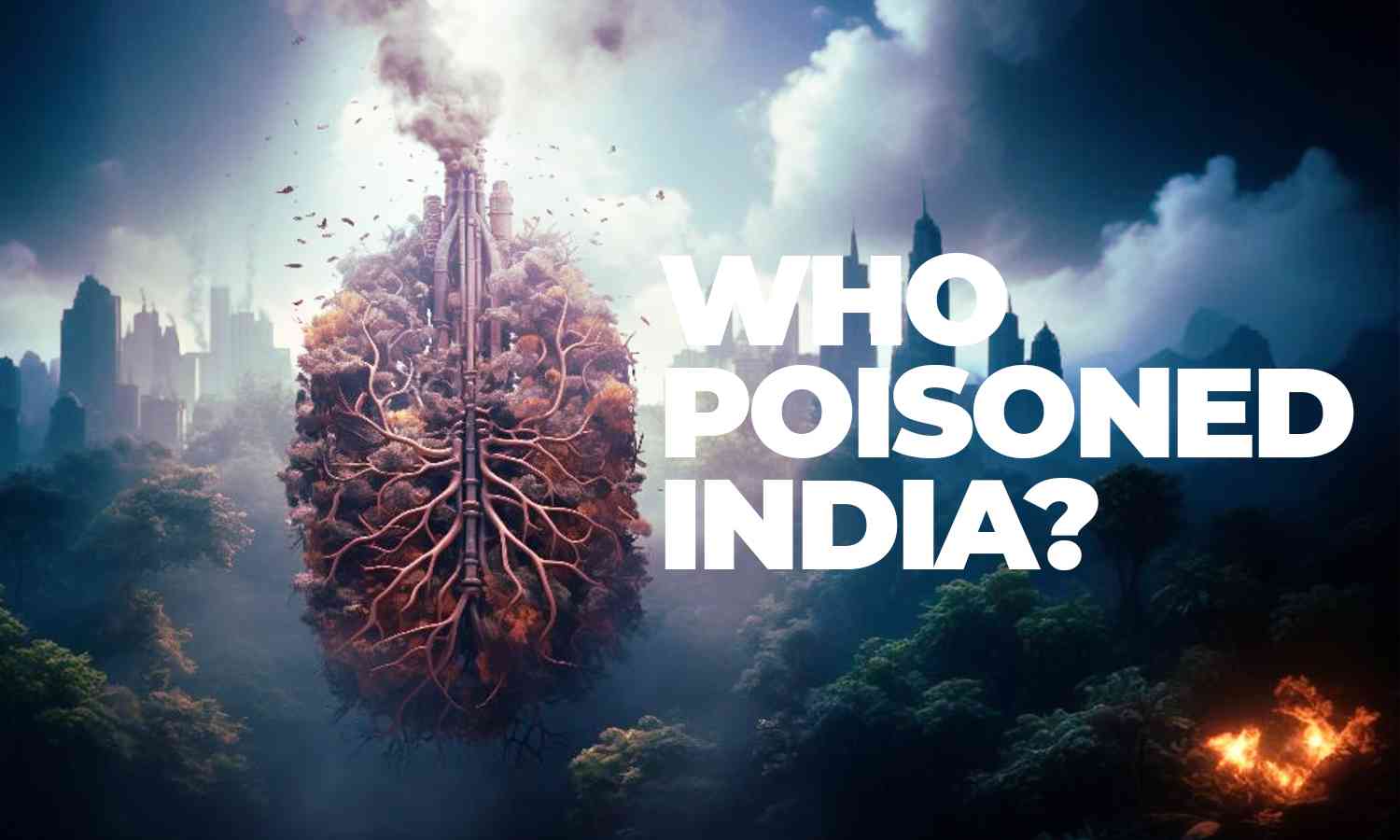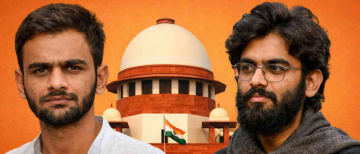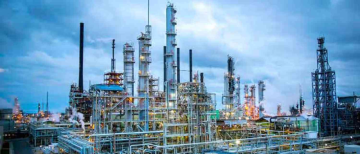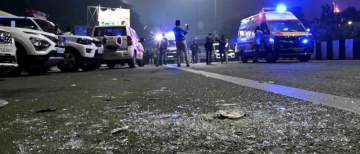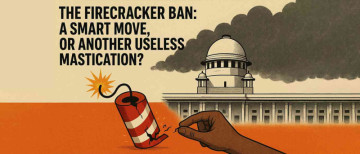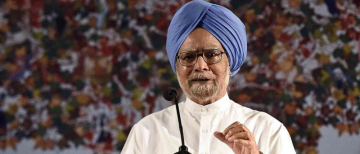The air of India is now poison. And I’m not just saying in terms of environment. Everything in this nation seems to have slid violently towards toxicity. We used to be a nation of scientific temperament, now we are not. We used to be a land of people who took pride in the unity that our diverse social fabric provided, something unique to India. Today, that fabric is blood-stained, burnt and in tatters. When did we start to walk this line, I don’t know, or truth be told, I don’t care. Dates, names, flags are irrelevant. The British did the same to us around 300 years back. They came in, and divided us on the fault lines that already existed. Come 2025, and those fault lines are now deep crevices. Which means, that we as a nation, we as a people and we as a society have failed miserably in fixing our own flaws, as politicians, new-age oligarchs and a corrupted mediascape keep profiting from our downfall. But is it fair to just put the blame on the ones hellbent on manipulating our weaknesses and move on? Or is it us, you & me, who should look into the mirror and realise that we are infected, we are huffed up on the particulates in our air and airwaves?
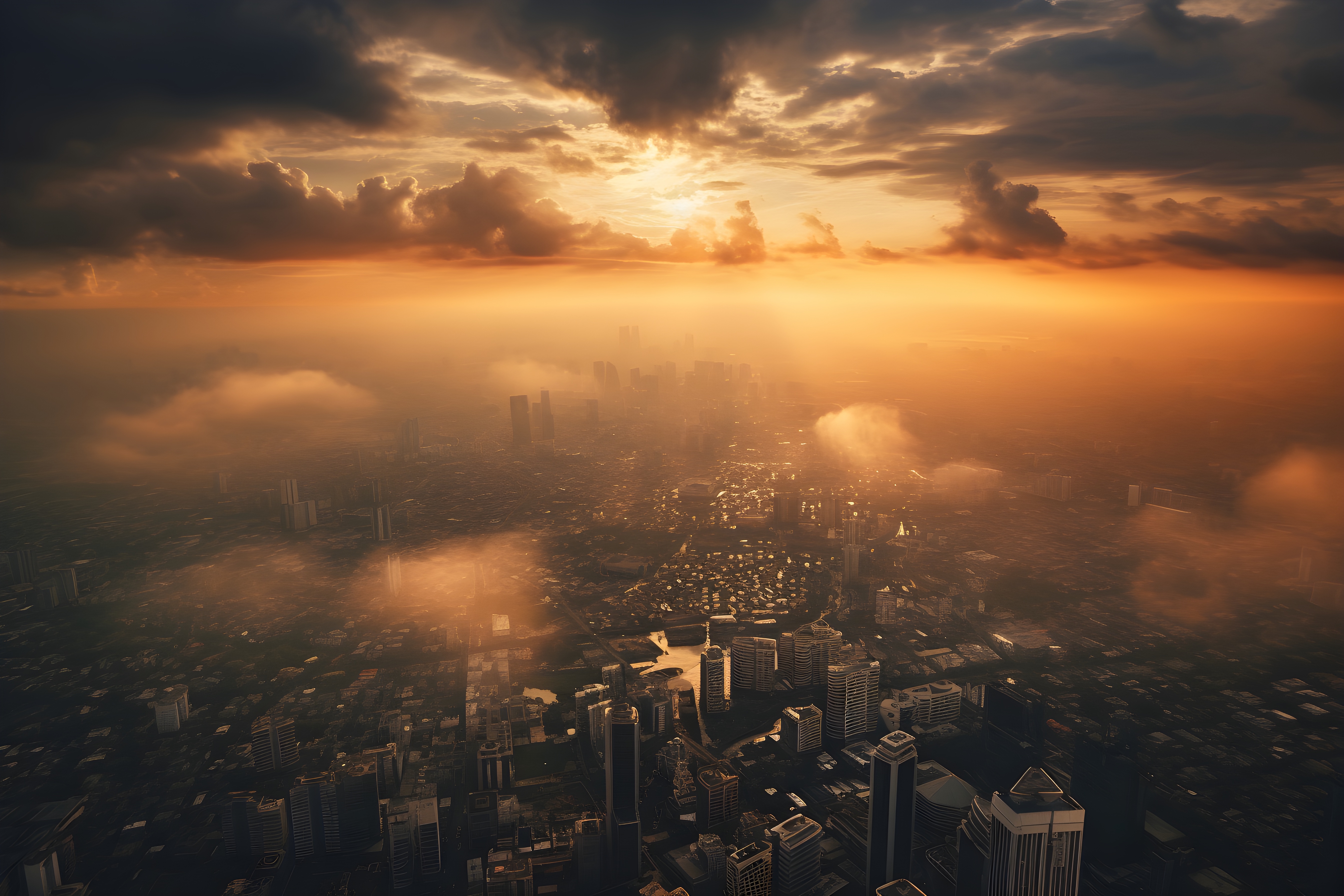
India’s Air is Poison: A Crisis Beyond Breathable
Our home to nearly 1.4 billion people, faces a crisis that is no long invisible to the eye. We can all see the smog that covers our cities, like a blanket of death, deadly to the lungs: toxic air pollution. For years now, the nation has grappled with dangerously high levels of pollutants in the atmosphere. From Delhi’s thick winter smog to the pervasive haze in cities like Kanpur, Lucknow, and Mumbai, air pollution in India is reaching catastrophic levels, affecting every facet of public health, quality of life, and even the country’s economy.
In fact, Indian cities feature in majority in the Top 20 worst place in AQI and pollution.


The Anatomy of our Toxic Air
India’s air quality problem stems from a mix of industrial emissions, vehicular exhaust, construction dust, agricultural burning, and natural factors like wind and climate patterns. The most menacing culprits are particulate matter (PM) such as PM2.5 and PM10, which can penetrate deep into the lungs and bloodstream, causing respiratory issues, cardiovascular diseases, and even cancer. Other pollutants, such as nitrogen dioxide, sulphur dioxide, and ground-level ozone, exacerbate respiratory ailments and weaken immune systems, especially in children and the elderly.
India’s cities, including Delhi, regularly report PM2.5 levels five to ten times higher than the World Health Organisation’s recommended safe limits. The country’s annual average concentration of PM2.5 is among the highest globally, meaning that millions of Indians are living and breathing in conditions that would be deemed unlivable in most developed countries.
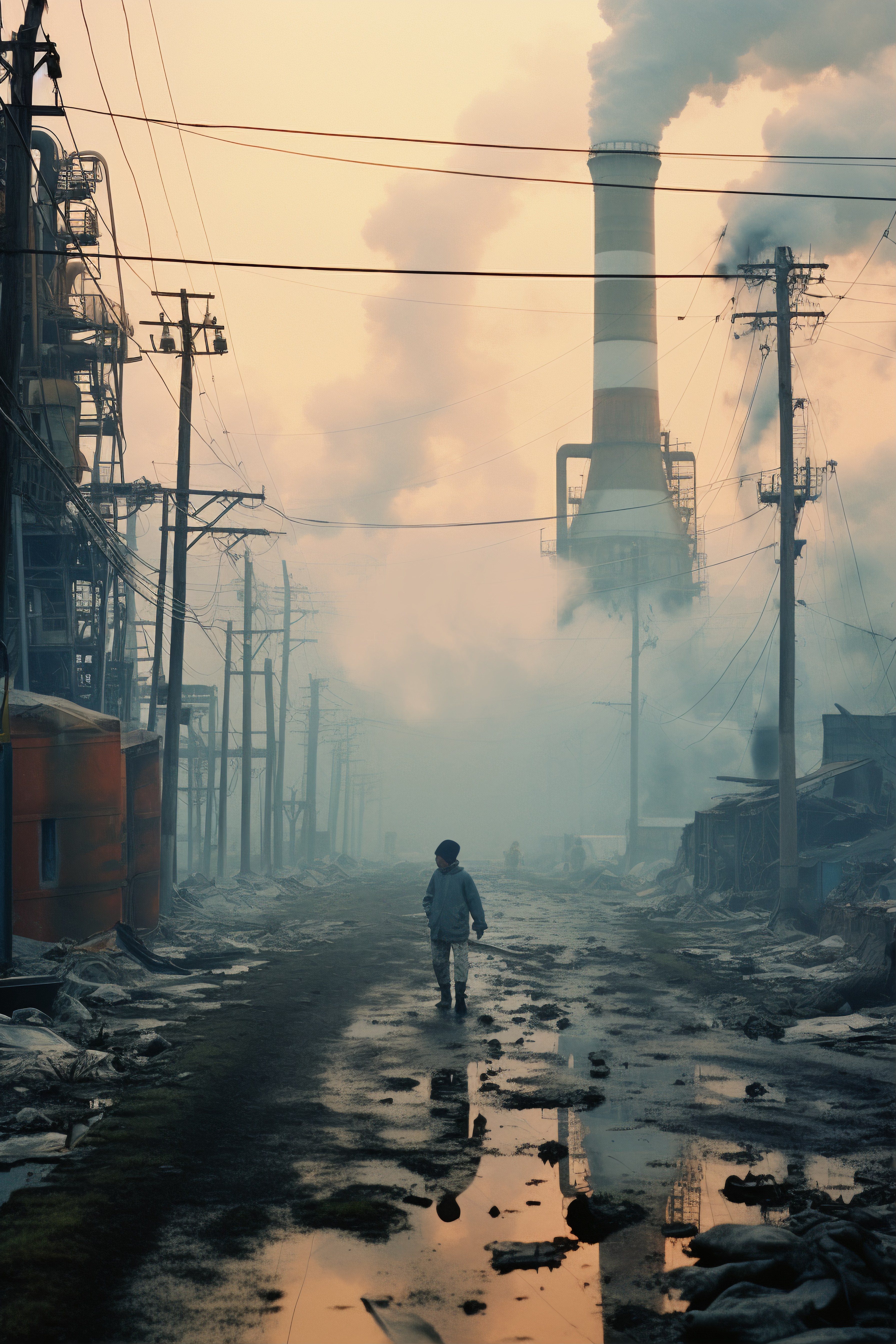
We are Poisoning our Future
The health impacts of India’s toxic air are severe and widespread. Respiratory illnesses like asthma and chronic obstructive pulmonary disease (COPD) are surging, and lung cancer is on the rise, even among non-smokers. Studies show that prolonged exposure to high pollution levels can shave years off life expectancy, with one analysis estimating that residents in India could live up to 4.3 years longer if air quality met WHO standards.
Children are among the worst affected. Exposure to polluted air in early childhood has been linked to developmental issues, reduced lung function, and impaired cognitive abilities. Pregnant women are also vulnerable, with studies showing higher rates of stillbirths, premature births, and low birth weights in areas with high pollution levels.
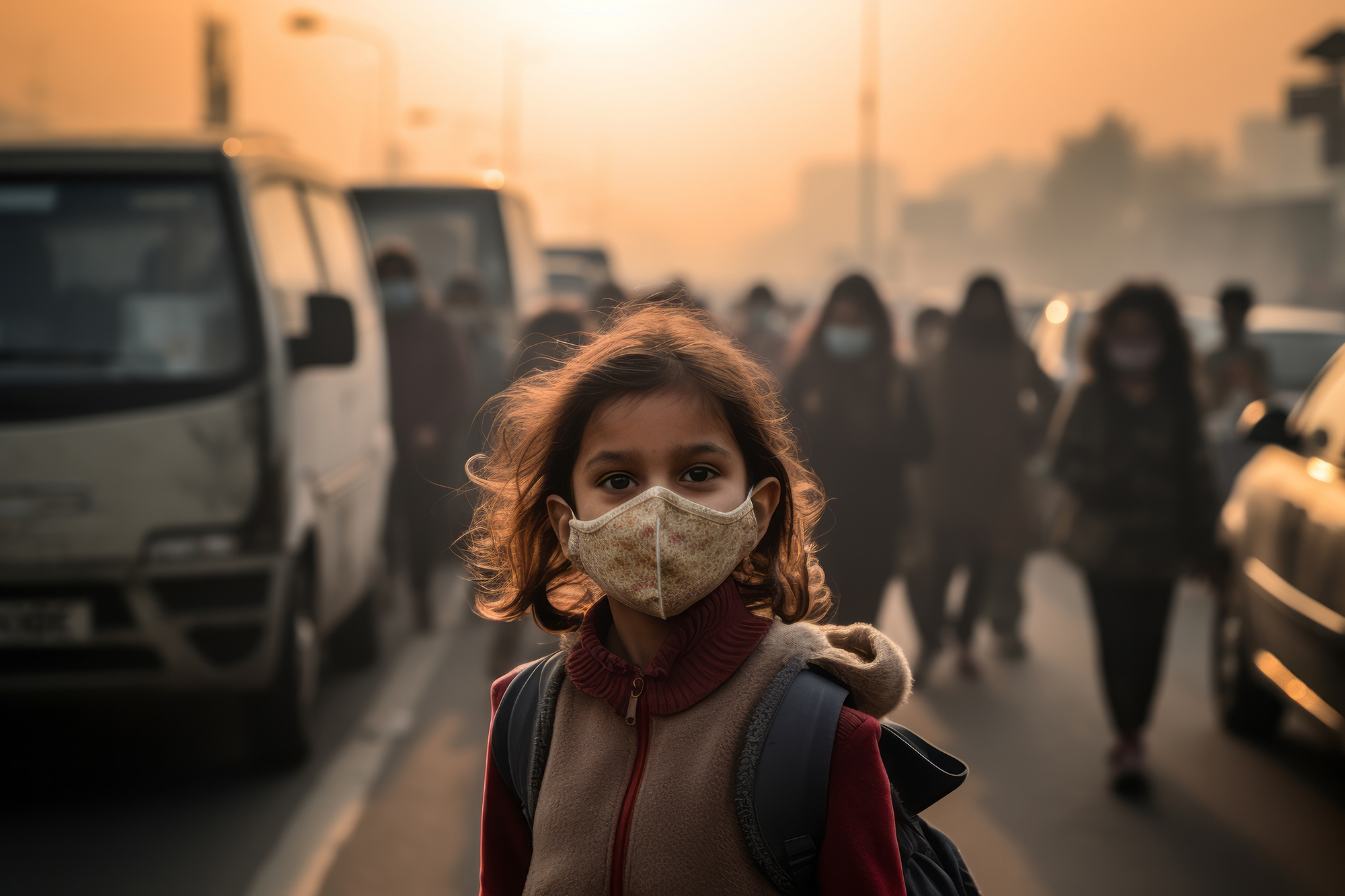
Economic and Social Costs
The health crisis translates into significant economic losses. Lost labor productivity, healthcare expenses, and premature deaths cost India billions of dollars each year. The World Bank estimated that air pollution was costing the Indian economy nearly $55 billion annually by 2013, and that figure has likely grown as pollution levels have worsened. Beyond financial metrics, air pollution exacerbates social inequalities. Those in impoverished, densely populated areas bear the brunt of pollution, as they are often forced to live near highways, industrial zones, and landfills. Meanwhile, the wealthy can afford air purifiers and green spaces, highlighting a deep disparity in how pollution affects different demographics within the country.
Add some Political Poison to the Toxic air
We love a blame game, we live for it. Our entire existence seems to be anchored by it. And before you take offence, know that I can’t care less if a bunch of entitled clowns refuse to join my parade. Why else would we be okay with enormous amounts of tree-felling and green cover removal by our own authorities and corporates, then blame poor farmers for all our problems. Is stubble-burning an issue? Yes. Have we taught the farmers a way to turn stubble to mulch? No. Have we done literally anything to help them, guide them, find them a solution? No. What have we done instead? We have gobbled up the narrative that injects some more poison in our veins. Oh how we love to hate, everything and everyone, as if we aren’t the core issue, as if we aren’t the carrier of that toxic sludge in our blood, going around infecting others.
_1731567081.jpg)
I know this is useless, because you don’t want a solution, you want to do nothing. Since self-pity if so delicious to you, and so is hate. But there are actual solutions to our problems. Here are some for you to ignore, and I really hope you do ignore it. The sooner you are out of the gene-pool the better, and you are well on your way to self extinction.
Clean Energy Start-ups: India needs to reduce its dependence on coal and transition more rapidly to renewable energy sources like solar, wind, and hydroelectric power. Renewable energy reduces the reliance on fossil fuels, a significant source of airborne pollutants.
Enforce Industrial Regulations: Stricter emission controls are needed for factories, construction sites, and waste treatment plants. Industries must be incentivised to adopt cleaner technologies and penalised for non-compliance.
Promote Sustainable Agriculture: Alternatives to crop burning, such as crop residue management and agroforestry, should be promoted and subsidised. Farmers need access to affordable equipment and training to adopt these sustainable practices.
Expand Public Transport: Expanding and modernising public transportation can significantly reduce vehicular pollution. Investments in metro systems, electric buses, and bike-sharing schemes can ease the burden on congested city roads.
Increase & Protect Green Spaces: Planting trees and creating urban green spaces help to absorb CO₂ and reduce urban temperatures. Cities like Delhi have seen the benefits of tree-planting campaigns, but much more work is needed.
Strengthen Awareness and Education: Public awareness campaigns can encourage people to take individual actions, such as carpooling, reducing energy use, and reporting pollution violations.

Indian Airwaves are Spewing Poison: The Rise of Misinformation in the Media
In the last decade or so, India’s media landscape has witnessed a seismic shift. What was once heralded as the world’s largest democracy’s free and vibrant media has increasingly become an echo chamber of misinformation, divisive rhetoric, and sensationalism. News channels, once celebrated as bastions of information and accountability, are now drawing sharp criticism for their apparent shift toward controversy, bias, and sensational storytelling. In this environment, Indian airwaves are not merely delivering news—they are shaping narratives, often in ways that poison public discourse and polarise society.
The High that is Sensationalism
India’s 24/7 news cycle has fuelled a sensationalism-driven media, where airtime is dominated by shouting matches, baseless accusations, and inflammatory sound bites. Complex issues are reduced to entertainment and presented in black-and-white terms that leave no room for nuance. Anchor-led debates, where voices are raised and insults are hurled, create a spectacle designed to captivate but not necessarily to inform.
Sensationalism, of course, is nothing new to media. But in India, it has reached such proportions that even serious topics are reduced to exaggerated narratives. Rather than acting as an objective bridge between citizens and the truth, many channels are often accused of amplifying stories that serve political interests, skewing public opinion in the process.
_1731567485.jpg)
Huffing Bias and Partisan Narratives
Indian media has also been increasingly accused of promoting partisan narratives that align with political agendas. Prominent channels appear to have gravitated toward particular ideologies, often parroting government narratives and vilifying critics as “anti-national.” This has resulted in a narrowing of perspectives, with media outlets disproportionately focused on issues that align with political leanings rather than pressing societal concerns.
Coverage of issues ranging from protests to economic policies to communal violence is often heavily biased, and such selective focus breeds a dangerous environment. When news channels amplify certain ideologies, they create echo chambers that heighten social divisions, stoking resentment and reinforcing stereotypes.
The Poison Tree that is the Internet
The power of social media has only exacerbated this trend. Platforms like Twitter, Facebook, and WhatsApp have become vehicles for both news and fake news, where information is shared in real time without any gatekeeping. As television news and social media amplify each other, misinformation spreads faster and wider, leaving little time or space for fact-checking.
Add to this the phenomenon of “WhatsApp University”—a colloquial term for the misinformation that circulates widely on messaging apps—and you have an ecosystem ripe for the rapid spread of propaganda. For many Indians, social media is a primary news source, which means they are exposed to both the true and the false in equal measure, with no clear distinction.

The Economy of Toxicity - Creating and Catering to Public Outrage
In this ecosystem, public outrage has become a currency. Channels compete to hold the audience’s attention by tapping into emotions—often anger, fear, and resentment. Topics that might unify the nation or foster informed debate are sidelined in favour of content that will ignite immediate, passionate responses.
Outrage-driven media doesn’t only thrive on divisive content but actively perpetuates it. Once certain narratives are set, they become self-reinforcing, as the loudest voices on social media and the most inflammatory faces on TV gain popularity. This dynamic fuels more extreme commentary, paving the way for even more divisive content that risks pushing society further apart.
The Erosion of a Democratic Pillar
This erosion of credible, fact-based journalism has far-reaching implications. When news channels are seen as biased or as political actors, public trust deteriorates. Citizens struggle to discern between propaganda and news, undermining democracy itself. A free press is meant to challenge power and represent a diversity of voices, not parrot government talking points or promote narrow viewpoints.
Further, when sensationalism and bias dominate, issues of real public concern—economic inequalities, educational challenges, environmental crises—are sidelined or only covered when they can be sensationalised. Thus, media that could be a platform for accountability and progress instead becomes a vehicle for division and distraction.

India Needs a Media Detox
Addressing these issues will require a reorientation of the media’s role and responsibility. Journalistic integrity, fact-checking, and unbiased reporting must be revived as core values. Additionally, regulators and civil society must push back against unverified and sensationalist reporting, holding channels accountable for the content they produce.
In an era when misinformation travels at the speed of light, India’s media must commit to higher standards, remembering that a well-informed public is essential to a healthy democracy. When the airwaves are clean of poison and dedicated to truth, India’s media can fulfil its role as a pillar of democracy, informing citizens and empowering them to engage meaningfully in society.

Bollywood - The new Incel Factory
For decades, Bollywood has been the heartbeat of Indian popular culture, crafting narratives and shaping identities in profound ways. However, in recent years, an uncomfortable trend has emerged—one that mirrors certain troubling aspects of society: the rise of toxic masculinity in Bollywood films. Defined by traits like aggression, control, misogyny, and an inability to show vulnerability, toxic masculinity is woven into many of Bollywood’s recent releases, glamorising a form of masculinity that glorifies power over compassion, dominance over respect, and revenge over resolution.
We are very far, very very far from Hrishikesh Mukherjees, Bimal Roys, Sai Paranjpais, Gulzars and Benegals of our industry. We are far from meaningful stories, purposeful narratives and using the silver screen as a way to outline morality. We are now in the Sandeep Vangafication of vacant chauvinism and violence as a spectacle era of Bollywood. Gone are the days when objectification of a woman was a villainous trait, when domestic violence was used as a tool to showcase a weak man, or when the purpose of a hero was more than just petty revenge and interpersonal squabble.
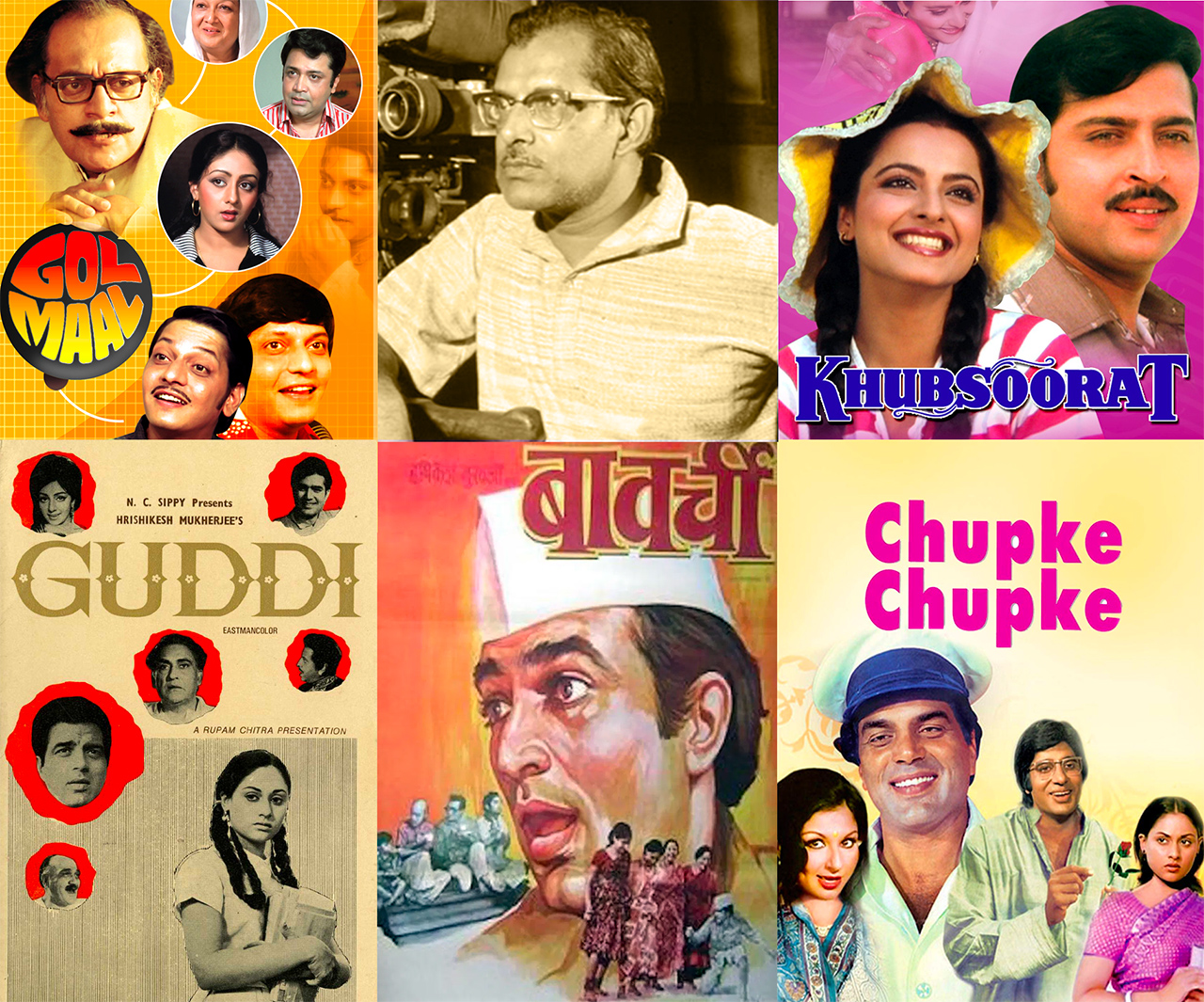
Maligning the Meaning of “Heroism”
The classic Bollywood hero has always been larger-than-life. However, there has been a noticeable shift from the once-romantic, flawed-yet-loving heroes to protagonists who embody a hyper-aggressive, morally ambiguous masculinity. In films such as Animal, Kabir Singh, Arjun Reddy, and Simmba, male characters are shown as intense, impulsive, and dominant figures who refuse to accept limits or consequences. The eponymous Kabir Singh, for instance, exhibits alarming control over his romantic partner, with scenes that depict everything from verbal abuse to physical intimidation. This portrayal received substantial criticism for glorifying behaviour that borders on abusive, yet the film was a major box office success—demonstrating the wide appeal these portrayals have.
Characters like these are often depicted as “deeply flawed but deeply passionate,” a narrative device that justifies toxic behaviour under the guise of intensity. Audiences are encouraged to sympathise with these “dark” heroes, as their aggression and volatility are cast as signs of their profound emotions, giving rise to a troubling message: that abuse is acceptable, even romantic, when it comes from a place of “love” or “passion.”
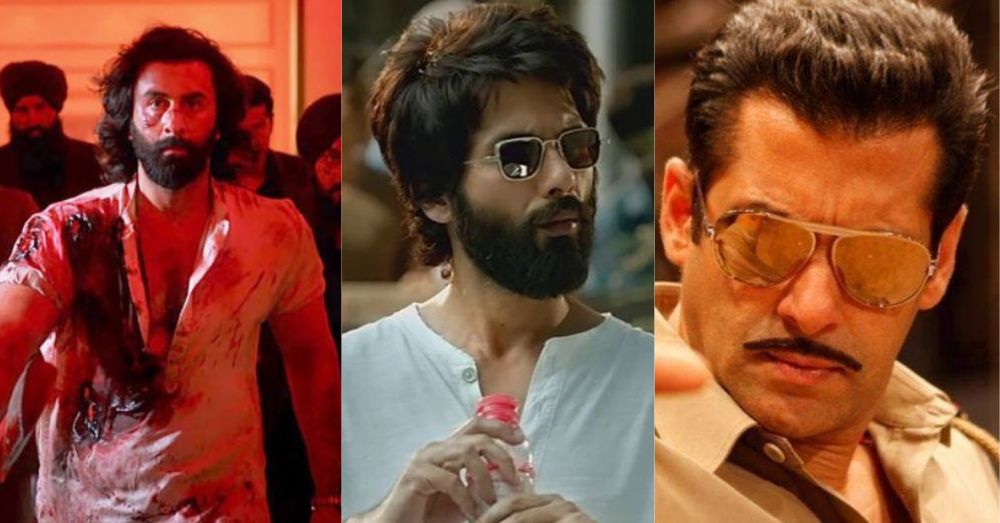
Violence as Male & Audience Bonding
Many Bollywood films also reinforce toxic masculinity by presenting male bonding as a space where compassion, empathy, and emotional intelligence are sidelined. Instead, these films often feature male friendships rooted in heavy drinking, “bro culture,” and physical aggression. Movies like Animal perpetuate the stereotype that men’s relationships should be intense, aggressive, and often dismissive of women or anyone who challenges their behaviour. These characters are usually emotionally closed-off, aggressive, and unable to communicate feelings openly, reinforcing the stereotype that men should be stoic and tough to maintain their masculinity.
Moreover, violence as a solution to problems has become a near-universal characteristic in many recent Bollywood action films. Men are often shown asserting dominance through physical force, and the hero’s “righteous rage” is frequently romanticised and justified, leading audiences to equate violence with courage or strength.
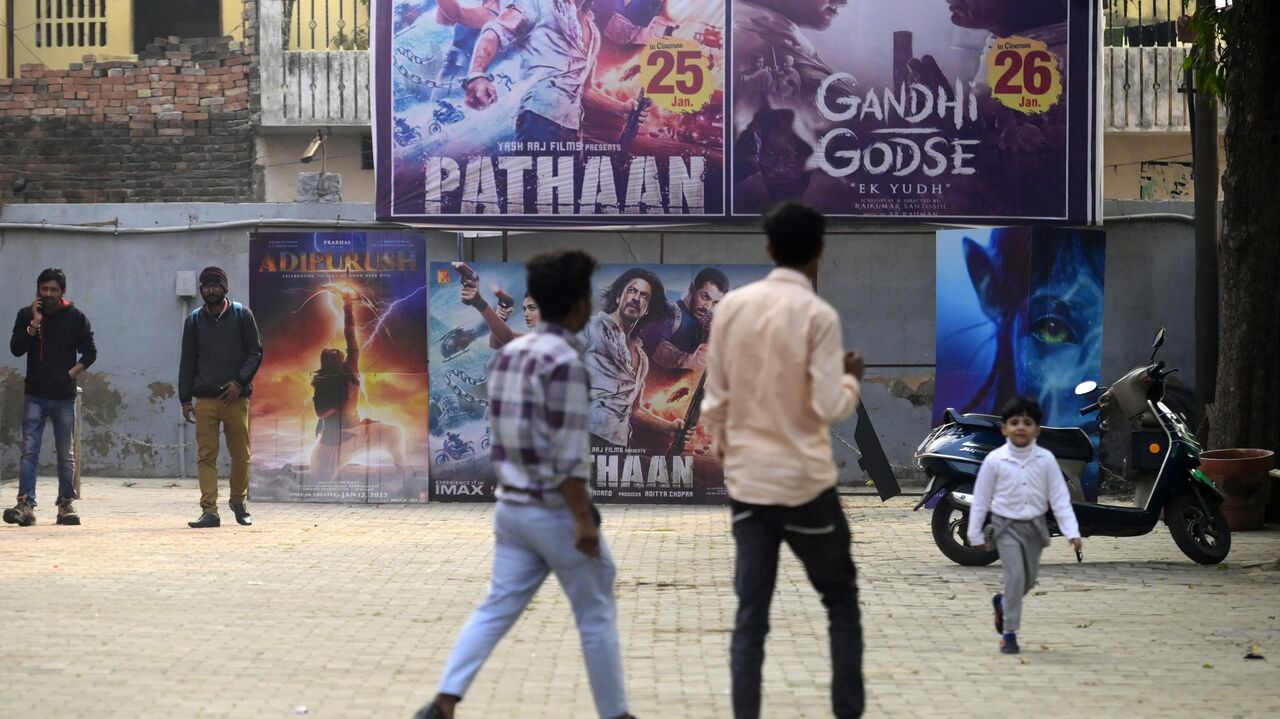
Juvenile Masculinity - Perceptions of a 10 Year Old
The impact of such portrayals extends beyond the screen. For impressionable audiences, particularly young men, these narratives can lead to a skewed understanding of masculinity. When masculinity is repeatedly defined by aggression, dominance, and lack of emotional expression, these characteristics start to be viewed as markers of “real manhood.” Men may feel societal pressure to conform to these attributes, suppressing vulnerability, kindness, and empathy in favour of aggression and control.
Research on media influence supports this, indicating that repeated exposure to certain stereotypes can lead individuals to adopt them in their personal lives. For young audiences, Bollywood’s glamorisation of toxic masculinity risks normalising abusive or controlling behaviour in relationships, where love becomes conflated with possessiveness, and violence is mistaken for passion.
Challenging Toxic Masculinity in Cinema: A Need for Change
While Bollywood has contributed to the rise of toxic masculinity in some ways, it also has the power to redefine masculinity for future generations. Recent films like Dear Zindagi and Chhichhore have tried to challenge these norms, offering nuanced male characters who embody emotional intelligence, compassion, and vulnerability. They present a form of masculinity that allows space for personal growth and relationships founded on mutual respect. Directors, writers, and producers can create a balanced portrayal of masculinity by showcasing diverse male characters with a range of attributes. Stories that highlight emotional resilience, effective communication, and the strength found in vulnerability can help set a positive precedent, redefining masculinity for a modern audience.
The conversation around masculinity in Bollywood needs to shift to reflect the values of an evolving society. With the power to shape cultural perceptions, Bollywood must take responsibility for its influence on societal norms. The industry’s commitment to better storytelling and character depth can not only entertain but educate. By moving beyond toxic tropes, Bollywood can pave the way for a new wave of heroes—ones who inspire compassion, resilience, and positive transformation, qualities that are worth celebrating on and off the screen.
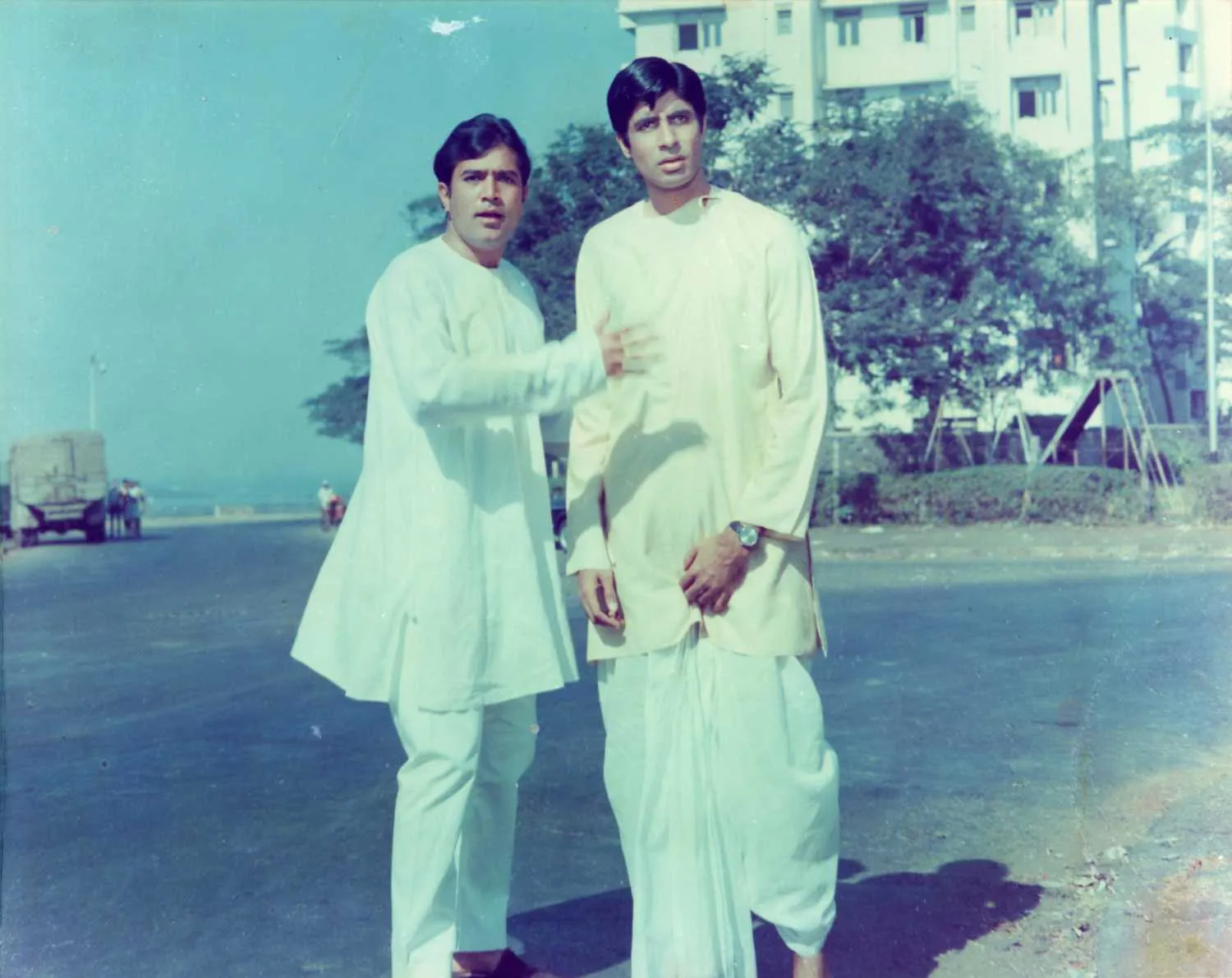
In the end all these words, just remember one thing - The rich and powerful are the last to be affected by ground realities. They have all the resources to breathe clean air, they do not watch the same hate-mongering TV news channels that are designed to keep you hooked. They do not subscribe to the same narrative as you do, they do not see colour, they do not rally around a flag, they don't are about religion, caste, creed, veg vs non-veg food. They care about work and money. They all have golden parachutes, you have nothing. They have multiple ways in and out, you are roaming hungry in a maze they built to keep you from questioning why is it that they have so much and you so little. You are so insignificant in their lives that they would much rather see all of you perish to have a little more space on the road, than spare a thought about helping you. So you need to help yourself. You need to help your community, your mohalla, your city, your nation. You need to realise you are being poisoned. You need to know that you can actually get off that hate bus, and walk your own path to a better place. You need to find people like you and create groups who will help you detox, and grow your commune of people who have seen the light and refuse to walk back into the gas chambers of hate and vile rhetoric. You have been poisoned, you and everyone around you are dying, and you need to find ways to live.
*The views expressed in this article are personal. They do not reflect the opinions, beliefs, or positions of Vygr and Vygr Media Private Limited.
©️ Copyright 2023. All Rights Reserved Powered by Vygr Media.

